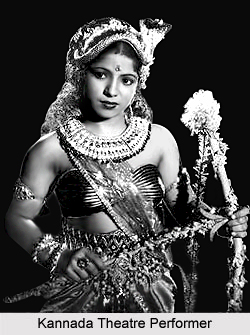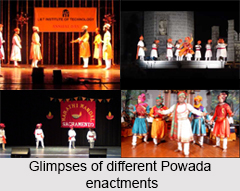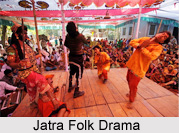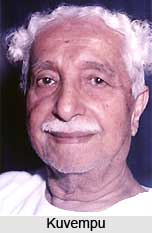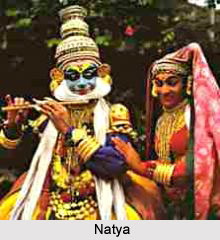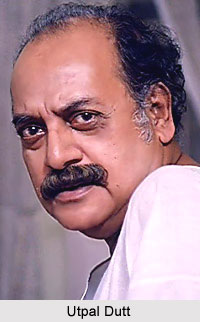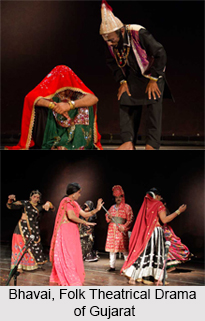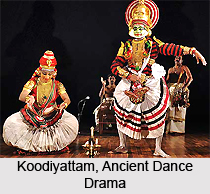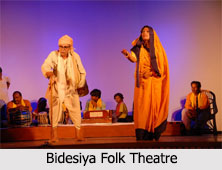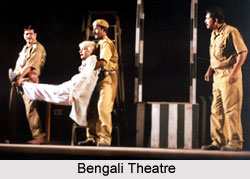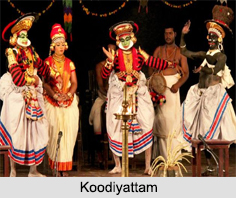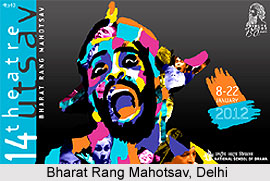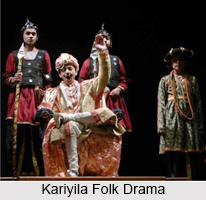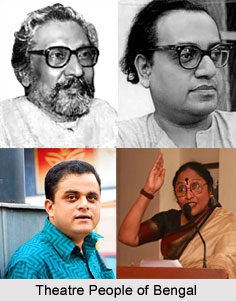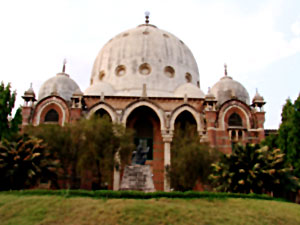 India`s 2500-year theatre tradition implies equally ancient modes of actor training. The Natyashastra indicates a high degree of stylization. So it is obvious that the sophisticated elite Sanskrit theatre must have required a rigorous regimen. Subsequently, the traditional forms found in different regions. This also shows varying degrees of stylization, including gestural language, and complex dance and music, imparted by the guru-sishya parampara over a period of many years. In the more formal of such systems, theoretical studies include the reading of classical texts, a single mudra, eye movement, or posture may take weeks to perfect. Gurus may not even allow their students to perform publicly until several years have elapsed.
India`s 2500-year theatre tradition implies equally ancient modes of actor training. The Natyashastra indicates a high degree of stylization. So it is obvious that the sophisticated elite Sanskrit theatre must have required a rigorous regimen. Subsequently, the traditional forms found in different regions. This also shows varying degrees of stylization, including gestural language, and complex dance and music, imparted by the guru-sishya parampara over a period of many years. In the more formal of such systems, theoretical studies include the reading of classical texts, a single mudra, eye movement, or posture may take weeks to perfect. Gurus may not even allow their students to perform publicly until several years have elapsed.
After 1850, along with British influence due to colonial rule, a new form of entertainment resulting from imitation of English theatre came to exist in the urban centres. This broadly called the company theatre because of its overall organization. It had unfamiliar elements such as the auditorium, and technical or visual aspects that demanded coordination and actors adjusting to them. Theatre enthusiasts assimilated the art by first copying the British and then learning on the job, under the supervision of their seniors, often the actor-managers. Some companies had specific music and dance teachers who taught the artistes under strict discipline.
When ideologically modernist, more purposeful theatre activity was generated in the mid-twentieth century. Many young people got involved and pioneers tried to initiate them through discussions and workshops. Institutional education in theatre began at the M. S. University (Vadodara) in 1950 with a diploma course. In independent India, the need was felt to provide training in various components of theatre. This was decided just to enable pupils to undertake this art form with greater awareness and confidence. The Sangeet Natak Akademi articulated this perception at a national theatre seminar in 1956, and the National School of Drama was set up in 1959 under its umbrella.
This was the beginning of grappling with the problem of devising an institutionalized education for a theatre whose acting had no base in Indian tradition. And also which had considerable new technology. The pattern had to be derived from the European model, which Indians were emulating, and had an evolved methodology.
The NSD`s first syllabus therefore attempted basic familiarization with set and costume design, make-up, lighting, acting, and production. This was along with Western and Indian theatre history. The instructors had no formal training but had developed expertise and methods for teaching their respective subjects through experience. The NSD underwent several changes of syllabus. But the basic structure of the course remained more or less the same, with shifts only in emphases and approaches in keeping with changes in theatre. It runs a three-year diploma course, with two years` specialization in acting or production, preparing graduates to work as professionals in their specializations and also generally, if necessary.
Only one such institution in India was obviously not enough to answer the requirement all over the country. Besides, the NSD concentrated on performance in Hindi. Hence local academicians interested in theatre in their own languages opened departments of drama or theatre at their universities. Around thirty universities teach the subject. Some of them offers a part-time or one-year certificate, others a two- or three-year diploma, some a three-year bachelors degree and others a masters or research options for those wanting to pursue advanced studies. The syllabi consist of nearly the same curriculum as found at the NSD, with some theoretical inputs specific to the concerned state where the university is located. However, the faculty in these departments largely constitutes academics from different disciplines and with little or no experience of theatre, often unable to do justice either to the practical aspects or the theory.
Trained or seasoned theatre workers run a few of these departments, like those at M. S. University, Rabindra Bharati (Calcutta), Calicut School of Drama (Thrissur), Punjab (Chandigarh), and Rajasthan (Jaipur). But problems of funding, rigidity of the academic system, and lack of understanding on the part of authorities about the needs of such courses come in the way of satisfactory education. Despite the constraints, these departments have created a whole cadre of informed enthusiasts, imparted knowledge about dramatic literature, and generated theatre activity on their respective campuses involving many more students as spectators. More facilities, finances, and vision could achieve greater rigour and commitment, producing serious theatre scholars and fulfilling region-specific demands.
Some other institutes, government and private, provide theatre training alongside repertory companies, like Bhartendu Natya Akademi in Lucknow. This offers a two-year diploma namely Ninasam and Shri Ram Centre. Ninasam has a one-year acting course combining traditional forms of Karnataka and modern theatre. Whereas Shri Ram Centre in New Delhi runs a two-year part-time acting programme. Several smaller outfits give short-term courses in different parts of India. Another mode of training, though elementary, comprises workshops conducted by eminent practitioners. These create an awareness of the various aspects of theatre and how they need to be creatively coordinated towards a production. This also gives a temporary fillip to theatre in the area where the workshop is held.







